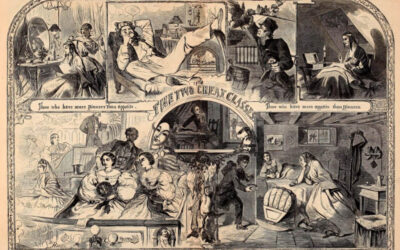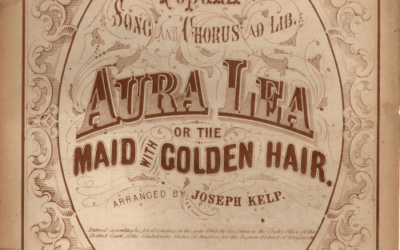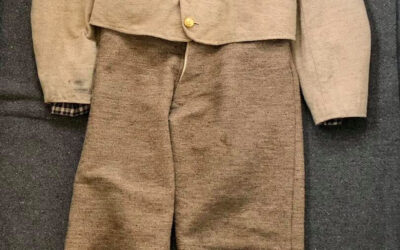EDITOR’S NOTE: The following post is contributed by Beth A. Twiss Houting, Senior Director of Programs & Services, Historical Society of Pennsylvania. It talks about Civil War related topics for the National History competition.
With a new school year upon us, it is time to begin planning for National History Day (NHD). If you are unfamiliar with this program, I encourage you to visit http://www.nhd.org/. This program for secondary students encourages research with original documents leading to group or individual presentations in exhibits, websites, papers, performances, and documentaries. A series of regional, state, and national competitions spur student motivation. Each year students must choose a subject that fits into the broad theme of the year. This year’s theme – Revolution, Reaction, Reform in History – coincides beautifully with the beginning of the Sesquicentennial of the Civil War.
All three aspects of the theme can be examined through topics related to the War. NHD defines revolution as “a sudden momentous change in a situation.” One of the ways in which the War has been described is as the “second American Revolution,” but it just as easily can be seen as a reaction to the institution of slavery. Reform movements and reformers likewise are looking to change something. Would an abolitionist be a reformer, a revolutionary, or a reactionary?
These big questions are fascinating ones for students to debate, but NHD projects need to be more narrow in scope so that students can manage the research and presentation. At the Pennsylvania National History Day competition this past May a group of educators discussed what those topics might be. To help jump-start your students in topic selection, here is a partial list.
There were many “revolutions” occurring within the spectrum of the full war. Consider innovations in the warfare, such as ironclad ships like the Monitor and Merrimac, weapons like the 3-inch ordinance rifle, and new tactical methods. Changes in communication advanced the war effort as well as created a demand for mass media post-war. For example, the telegraph was the Internet of the day, and photography and newspapers such as the Harper’s Weekly and Forney’s Press, bought the war into people’s homes on a regular basis. Medical innovations in treatment, nursing, and hospitals also benefited the public long-term.
Reactions to the War were immediate but also extend into today’s culture. For example, students can study political reaction during the war (such as by Copperheads and through draft riots ) to the ramifications for people after the War due to the 13th-15th amendments, the Civil Rights Act of 1875, and Jim Crow. Commemorations of the War led to the rise soon after the end of fighting of veteran’s groups and the establishment of Memorial Day but today include ongoing debates about the causes of the War and use of the Confederate Flag. And just like today, there was a public emphasis on the soldiers’ condition by citizens banding together to form Refreshment Saloons and Sanitary Fairs.
Many of these revolutions and reactions also could be viewed as reform given their long-term consequences. For example, reforming how soldier wounds were treated, including the rise of treatments for mental disorders, truly reformed how the public considers the consequences of war. The creation of soldier’s homes and pension systems are a social and political reform.
To explore any of these subjects, historical societies can provide a wealth of primary resources. For example, where I work, the Historical Society of Pennsylvania, we have collections relating to the ways in which our locale participated in these national movements. Camp William Penn trained United States Colored Troops; The Great Central Fair of 1863 raised money for the troops; and diaries portray the work of women like Susan MacManus who visited soldiers at Tuner’s Hospital to the conditions of camps and prisons in soldier journals. All three illustrate reaction to living in wartime, and could be an entrée in reforming how today’s students view history.




0 Comments